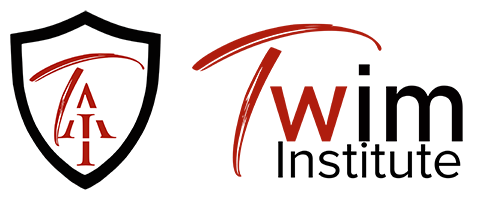
A gap analysis is a method of assessing the performance of a business unit to determine whether business requirements or objectives are being met and, if not, what steps should be taken to meet them.
A gap analysis may also be referred to as a needs analysis, needs assessment or need-gap analysis.
The “gap” in the gap analysis process refers to the space between “where we are” as a part of the business (the present state) and “where we want to be” (the target state or desired state).
For an organization, there would be something missing which would be the main reason for proposing the change, there has to be an evaluation of what exists, of what is needed and of course, what is in between.
The Business Analyst is responsible for this as they make use of a number of tools or frameworks to know the current state of the organization in order to map out the desired future state and to be able to explain what the gap is and this might involve business process modelling because there might be process issues that involve being able to recommend staffing related solutions.
It is important to note here that there might be gaps with regards to human resources and might involve technological changes. As a Business Analyst, one has to be on top of all these and also be able to make the appropriate recommendations.
The Four Steps of Gap Analysis
Gap analysis is a technique used in business analysis to identify the gap between the current state and the desired state of a business or organization.
The four steps of gap analysis are:
- Determine the current state: The first step in gap analysis is to determine the current state of the business. This involves gathering data and information about the current processes, systems, and operations of the organization.
- Determine the desired state: The next step is to determine the desired state or goal of the business. This involves identifying the key performance indicators (KPIs) that the organization wants to achieve and defining the target values for these KPIs.
- Identify the gaps: Once the current and desired states are determined, the next step is to identify the gaps between the two. This involves comparing the current state data with the desired state data and identifying the areas where there are differences or gaps.
- Develop an action plan: The final step in gap analysis is to develop an action plan to bridge the identified gaps. This involves identifying the strategies, tactics, and resources needed to close the gaps and achieve the desired state.
The action plan should be specific, measurable, achievable, relevant, and time-bound (SMART) to ensure that it is effective in achieving the desired results.
Gap Analysis Tools
Gap analysis tools are used to identify gaps or discrepancies between actual performance and desired or expected performance in a specific area or process. There are several gap analysis tools available. They include:
SWOT Analysis: A SWOT (Strengths, Weaknesses, Opportunities, Threats) analysis is a framework for identifying and analyzing the internal and external factors that affect a business or organization. It can be used to identify areas where there are gaps in performance or opportunities for improvement.
Benchmarking: Benchmarking involves comparing the performance of a business or organization against best practices or industry standards. By comparing performance to others in the same industry or field, gaps in performance can be identified and addressed.
Performance Dashboards: Performance dashboards are visual representations of key performance indicators (KPIs) that are used to monitor and measure performance over time. By analyzing trends and patterns in performance data, gaps can be identified and addressed.
Process Mapping: Process mapping involves visualizing and analyzing the steps involved in a particular process or workflow. By identifying areas where processes are inefficient or ineffective, gaps can be identified and addressed.
Root Cause Analysis: Root cause analysis is a problem-solving technique that involves identifying the underlying causes of a problem. By identifying the root cause of a problem, gaps can be identified and addressed more effectively.
These tools can be used in combination or individually to conduct a thorough gap analysis and identify areas for improvement.
Conclusion
In conclusion, gap analysis is a valuable tool that can help businesses to achieve their objectives by identifying gaps and taking appropriate action to address them.
By performing gap analysis, businesses can identify their strengths, weaknesses, opportunities, and threats, and use this information to make strategic decisions that lead to growth and success.
You can learn extensively on anything relating to Business Analysis at Twim Institute by our seasoned instructors. All you need to do right now is call/send a message to +2349033279205 or email info@twiminstitute.com for more inquiries on Business Analysis and other courses we offer. Ignorance is never an excuse! Act now!




